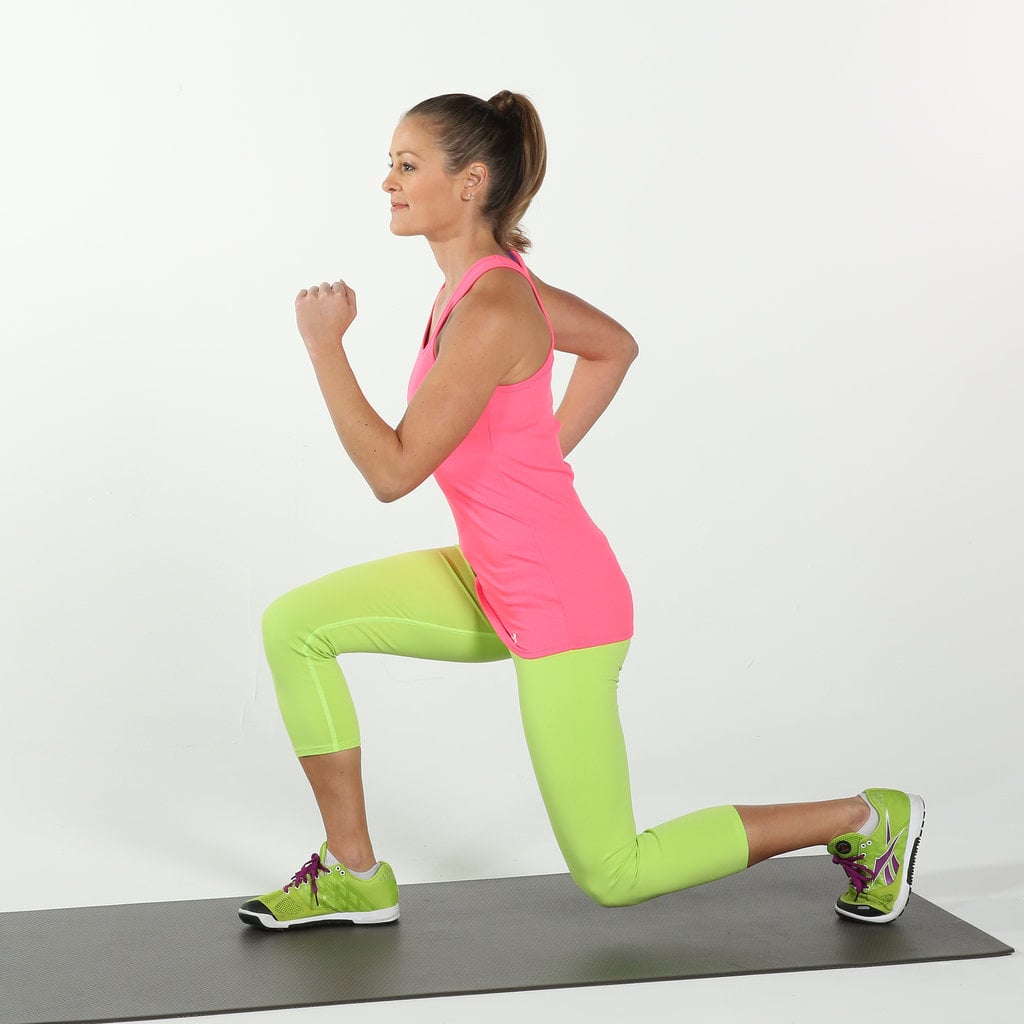
Body weight walking lunges are a form of bodyweight exercise that targets the lower body muscles, including the glutes, hamstrings, and quads. It is an excellent exercise for strengthening the legs, improving balance and coordination, and toning the lower body. In this article, we will explore the benefits of body weight walking lunges, how to perform them correctly, and some variations to add to your workout routine.
The Benefits of Body Weight Walking Lunges
Body weight walking lunges offer several benefits for your body, including:
- Strengthening the lower body muscles: Walking lunges target the glutes, hamstrings, and quads, helping to strengthen and tone these muscles.
- Improving balance and coordination: As you perform walking lunges, you engage your core muscles to maintain balance, which can help improve your overall coordination and stability.
- Burning calories: Walking lunges are a high-intensity exercise that can help you burn calories and improve your cardiovascular health.
- Adding variety to your workout routine: Walking lunges are a versatile exercise that can be done anywhere, making them an excellent addition to any workout routine.
How to Perform Body Weight Walking Lunges

Follow these steps to perform body weight walking lunges:
- Stand with your feet hip-width apart, hands on your hips, or by your side.
- Take a step forward with your right foot, bending your knee and lowering your body until your right thigh is parallel to the ground. Keep your left foot in place.
- Push through your right heel to stand up and bring your left foot forward, stepping into a lunge with your left leg.
- Continue walking forward, alternating legs with each step.
- Repeat for the desired number of repetitions or distance.
Variations of Body Weight Walking Lunges

You can add variety to your body weight walking lunges by trying these variations:
- Reverse lunges: Instead of stepping forward, step backward to perform a reverse lunge. This variation targets the glutes and hamstrings more than the quads.
- Side lunges: Step to the side with one foot, bending the knee and lowering your body. This variation targets the inner and outer thighs.
- Curtsy lunges: Cross one leg behind the other and bend both knees, lowering your body into a curtsy position. This variation targets the glutes and outer thighs.
- Jumping lunges: Add a plyometric element to your walking lunges by jumping between each lunge.
Tips for Proper Technique

Follow these tips to ensure proper technique when performing body weight walking lunges:
- Maintain proper form: Keep your chest up, shoulders back, and core engaged throughout the exercise.
- Step far enough: When stepping forward, ensure that your front knee stays over your ankle and your back knee almost touches the ground.
- Push through your heel: When standing up from the lunge, push through your front heel to engage your glutes and hamstrings.
- Don't rush: Take your time and focus on your form to get the most out of the exercise.
Conclusion
Body weight walking lunges are an excellent exercise for toning and strengthening the lower body muscles. By following the correct technique and adding variations to your routine, you can take advantage of the many benefits that this exercise has to offer. So, give it a try and see how it can elevate your workout routine!